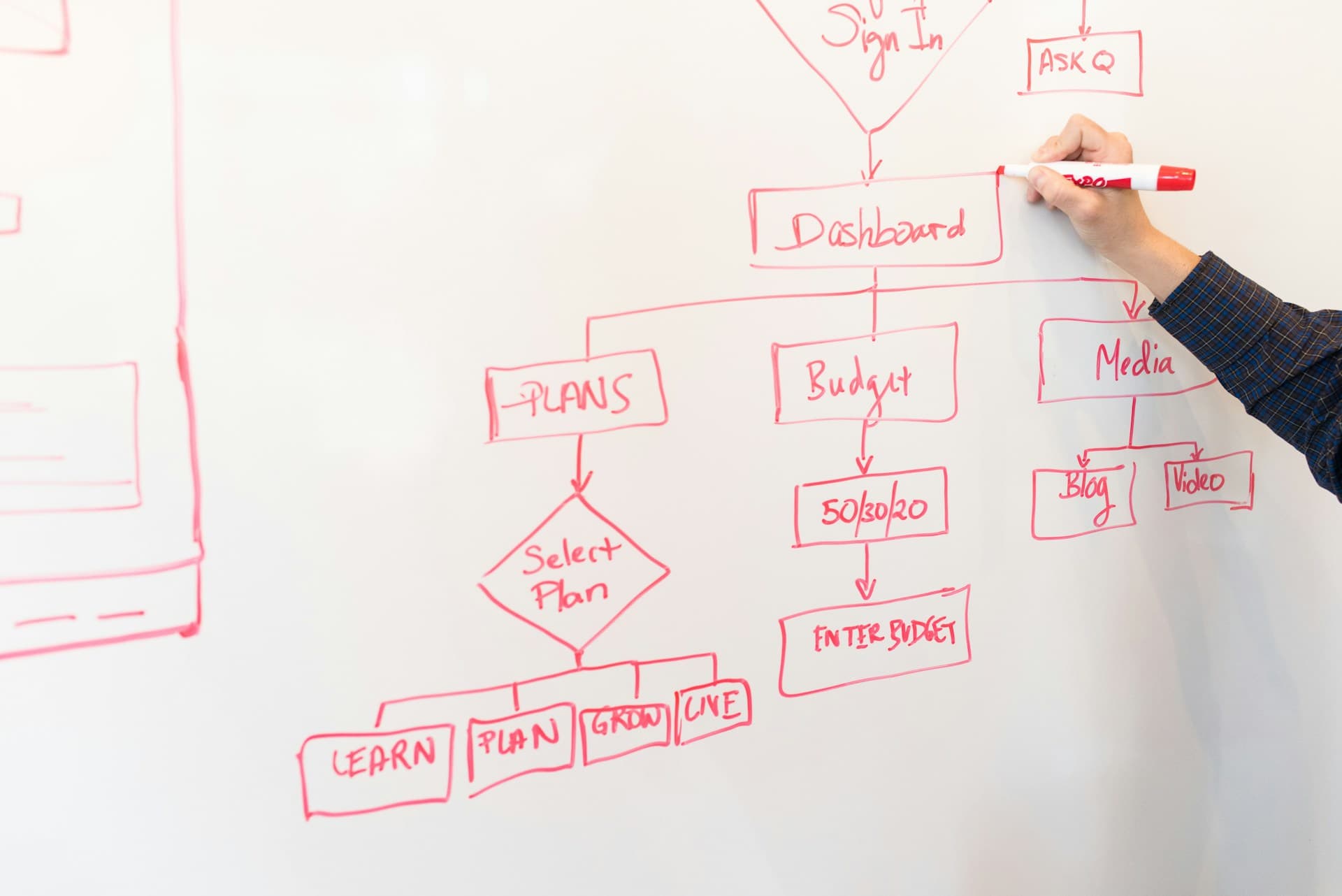In the rapidly evolving digital landscape, artificial intelligence (AI) has emerged as a transformative force, reshaping industries and enhancing human capabilities.
AI software design is at the heart of this revolution, a discipline focused on creating intelligent systems that can learn, adapt, and make decisions. This article explores the fundamentals of AI software design, its key components, best practices, and future trends.
Understanding AI Software Design
AI software design involves the development of algorithms and models that enable machines to perform tasks that typically require human intelligence. These tasks include learning, reasoning, problem-solving, perception, and language understanding.
Effective AI software design requires a deep understanding of AI’s theoretical foundations and the practical aspects of software engineering.
Key Components of AI Software Design
- Machine Learning: Machine learning is a subset of AI that focuses on the development of algorithms that allow computers to learn from data. It involves training models on large datasets to make predictions or decisions without being explicitly programmed.
- Neural Networks: Neural networks are a type of machine learning model inspired by the structure and function of the human brain. They consist of interconnected layers of nodes, or “neurons,” that process information and learn patterns from data.
- Natural Language Processing (NLP): NLP is a branch of AI that focuses on the interaction between computers and humans through natural language. It enables machines to understand, interpret, and generate human language.
- Computer Vision: Computer vision involves the development of algorithms that allow computers to interpret and understand visual data from the world. It has applications in image and video recognition, object detection, and autonomous vehicles.
- Data Management: Effective AI software design relies on robust data management practices. This includes data collection, preprocessing, storage, and integration, ensuring that high-quality data is available for training and testing AI models.
Best Practices in AI Software Design
- Data-Centric Approach: Prioritize data quality and relevance. High-quality data is essential for training accurate and reliable AI models. Invest in data collection, cleaning, and preprocessing to ensure that your models have a strong foundation.
- Model Selection: Choose the right model for your specific use case. Different AI models have different strengths and weaknesses, and selecting the appropriate model can significantly impact performance.
- Iterative Development: AI software design is an iterative process. Continuously test, evaluate, and refine your models based on feedback and performance metrics. This iterative approach helps in improving accuracy and robustness.
- Ethical Considerations: Incorporate ethical considerations into your AI software design. Ensure that your models are fair, unbiased, and transparent. Address privacy concerns and comply with relevant regulations.
- Scalability: Design your AI software to be scalable. As data volumes grow and user demands increase, your AI systems should be able to handle larger workloads without compromising performance.
Future Trends in AI Software Design
- Explainable AI: As AI becomes more integrated into our daily lives, there is a growing demand for explainable AI. This involves developing models that can provide clear explanations for their decisions, enhancing transparency and trust.
- AutoML: Automated machine learning (AutoML) is a trend that aims to automate the process of applying machine learning to real-world problems. It simplifies the development of AI models, making AI more accessible to non-experts.
- Edge AI: Edge AI involves processing data and running AI models on edge devices, such as smartphones and IoT devices. This trend enables real-time data processing and reduces latency, making AI more responsive and efficient.
- AI in Cybersecurity: AI is increasingly being used in cybersecurity to detect and respond to threats in real-time. Advanced AI algorithms can analyze network traffic, identify anomalies, and predict potential security breaches.
- Human-AI Collaboration: The future of AI software design will focus on enhancing human-AI collaboration. This involves developing AI systems that augment human capabilities, rather than replacing them, leading to more productive and innovative outcomes.
Conclusion
AI software design is a critical field that is driving innovation and transformation across industries.
By understanding the key components, adhering to best practices, and staying abreast of future trends, organizations can harness the power of AI to solve complex problems and create value. As AI continues to evolve, it will become an integral part of our daily lives, shaping the future of technology and society.
For those interested in exploring related topics, consider delving into the world of Snowflake ETL tools, which play a crucial role in data management and analytics, complementing the capabilities of AI software design.
As we embrace the potential of AI, it is essential to approach its development responsibly, ensuring that it benefits society and enhances human potential. The future of AI software design is bright, and its impact on our world will be profound and far-reaching.
